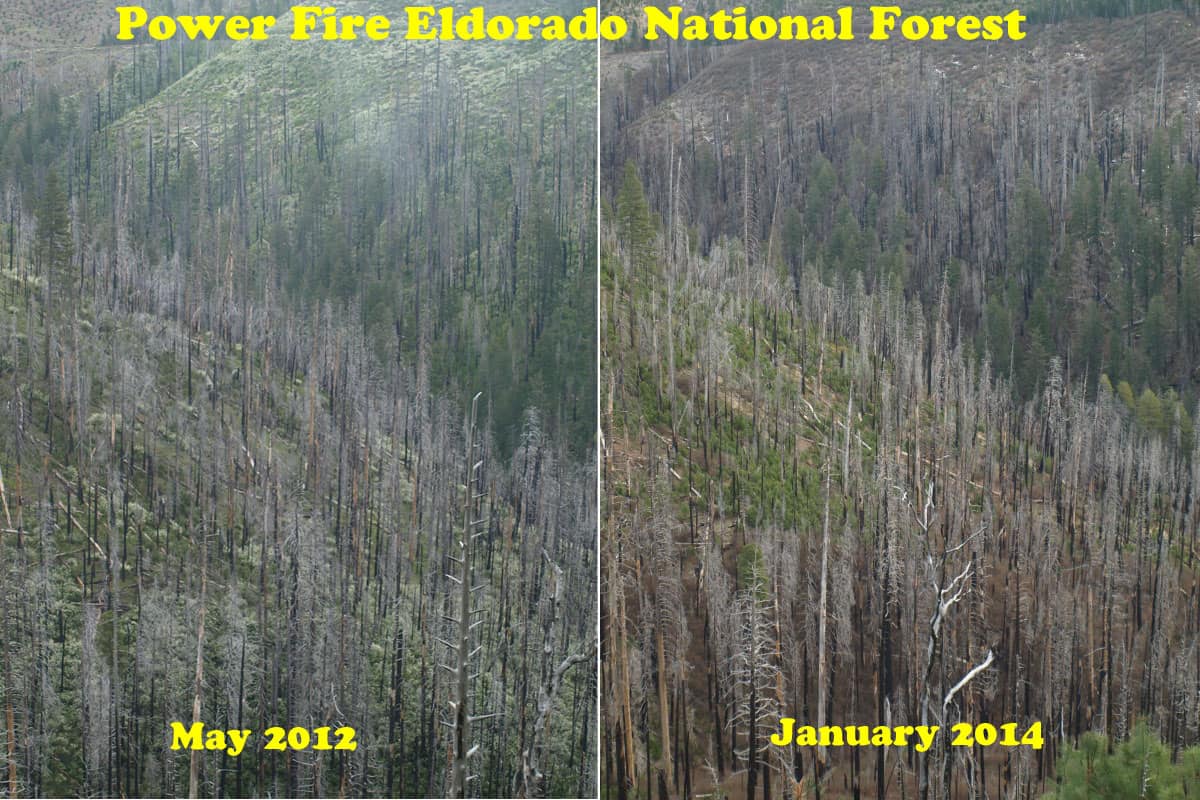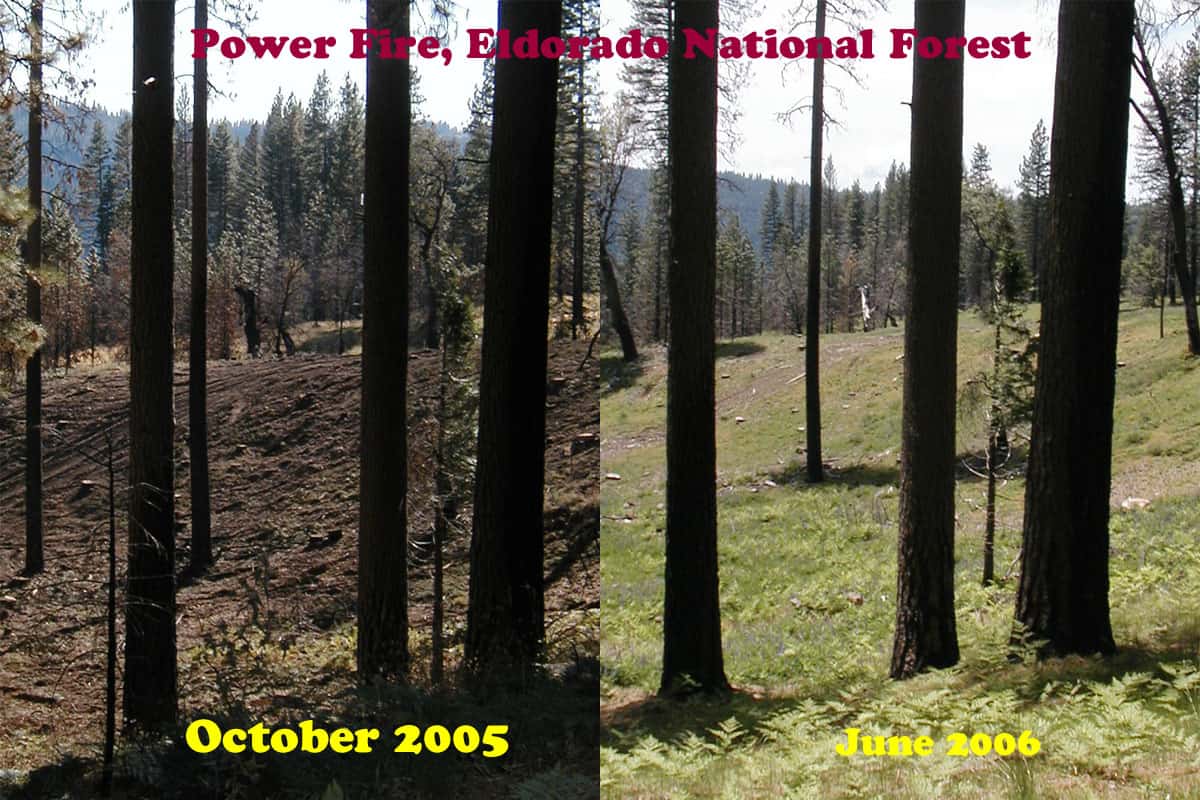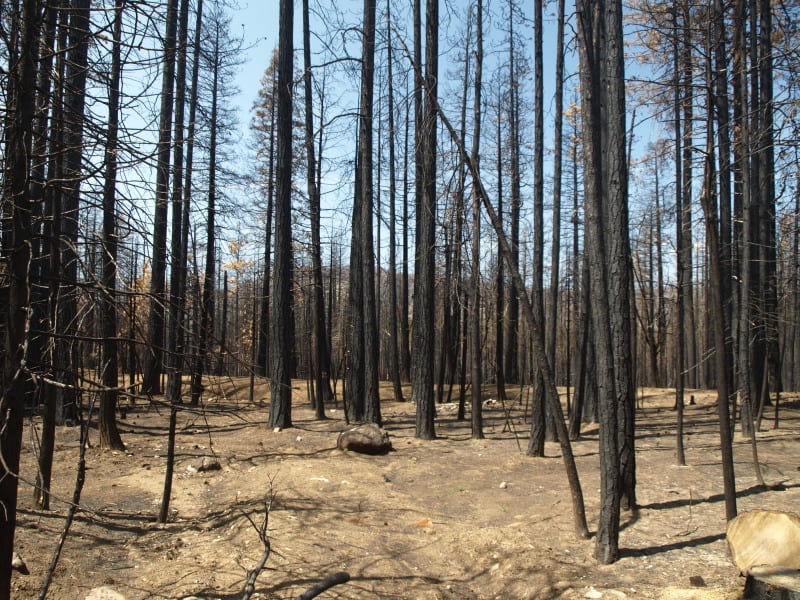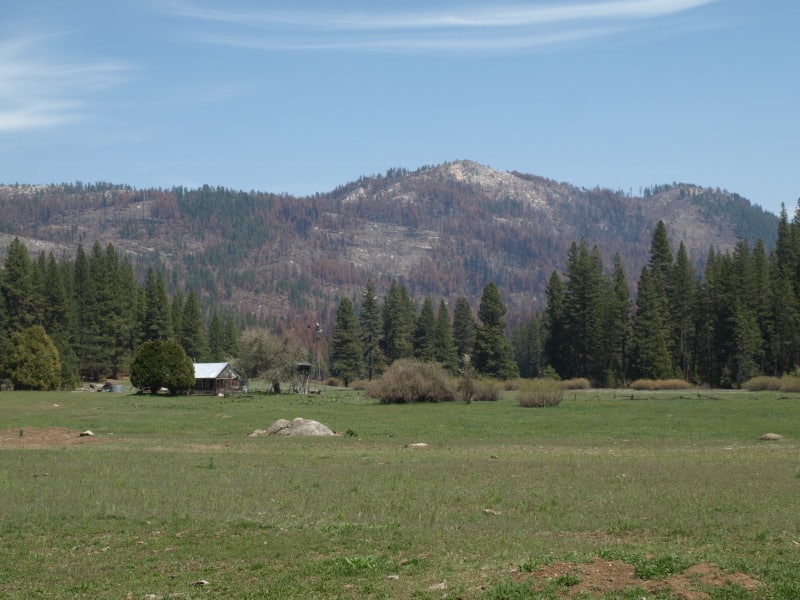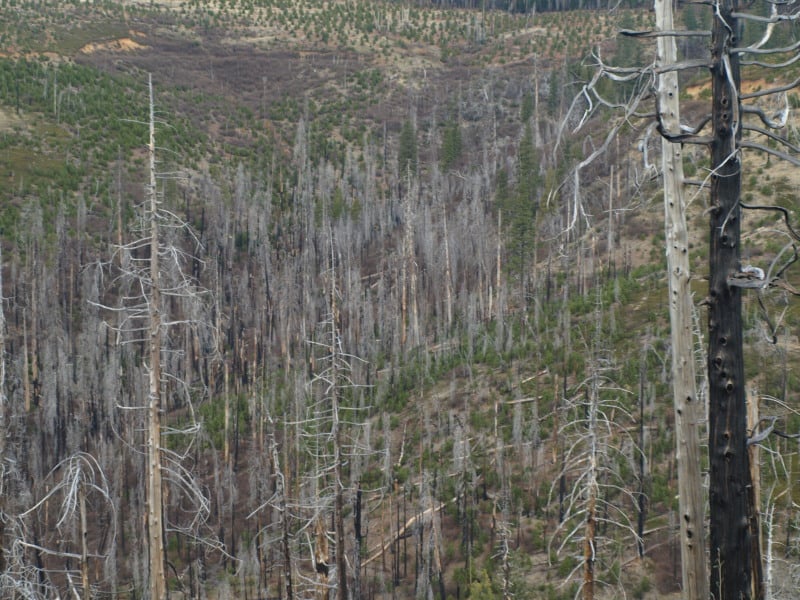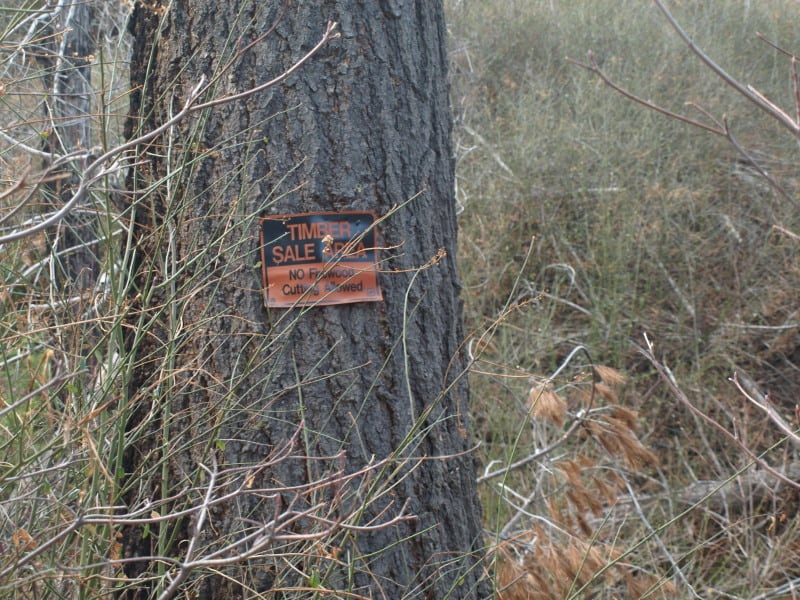We have been discussing what lies behind our different worldviews on a deeper level, or at least trying to, for some time. Recently, Mike Wood asked us to talk about our interests here. For some reason, this ran out of steam, but now our guest, Bryan Bird, volunteered to engage in this discussion. The discussion started in a thread about the Rim Fire, so I am starting it over here so it doesn’t get lost. It’s really not about the Rim Fire, it is more general and more fundamental.
Again, Bryan is a guest, so I ask you to be on your best behavior on this thread.
Here’s the first post, in reply to Bob, which triggered my latent desire to have this conversation:
Point taken, but if we are doing this: I am a trained scientist (Masters), held science jobs with the USFS and the US Park Service, and spent the last 17 years digging around in the relevant scientific literature and working in the field on fire and logging related issues. I grew up in the Sierra Nevada foothills outside of Sequoia-Kings Canyon NP.
One thing I am fairly certain of, based on this experience, is that on the balance, timber harvest on federal, public lands is a losing proposition, both ecologically and economically. That is not to say that there may be circumstances when mechanical vegetation treatments will be justified and we should put people to work doing it, but generally not.
So I replied here:
Bryan, if you are up for it..
I am a trained scientist (Ph.D), held science jobs with the FS and CSREES, and have spent 40 years (sheesh!) working sometimes in the field and sometimes not on forest management (including fire and logging issues). Including a notable stint in FS Research where my cubicle adjoined two fire scientists. I worked many places including the Eldorado in California.
I am not certain, based on this experience, that timber harvest is a “losing proposition both ecologically and economically”. In fact, I would argue the opposite.
I think there are two framings that I have…
1. “Local” production is best:
Should the US get its wood it uses from here or from our neighbor to the North or from ?. Why is wood different from agriculture or energy? Isn’t it better economically and environmentally to produce it ourselves?
Or 2.
Why not use trees you remove?
This posits that there are reasons to thin forests and to diversify stand structure. These reasons may be for fuels treatment or to increase habitat for certain species.
How do you frame this issue?
I would imagine that you, like me, are not an expert in economics. But there are markets for wood, and people sell wood and wood products all the time. But we can have that discussion as well, as lots of folks on the blog and elsewhere do know about it.
I would be very interested in carrying on this discussion with you, and see where we diverge in our thinking. We have similar experiences, but I suppose different values. If you are up for it, I definitely am.
And he replied here:
I suspect our fundamental difference is found in what we value our public forest lands for. It appears to me that you see some mix of subsidized commodity production to be preferable (classic multiple use), whereas I see recreation, clean water, wildlife, hunting, wildness, property values, and even aesthetics to be the highest value for the most people (Americans). Go to Headwaters Economics website to see any number of rigorous analyses of these values in Western states and counties. http://headwaterseconomics.org/land/protected-public-lands-increase-per-capita-income
I do not have a degree in economics but I have co-authored several papers, reports and projects that considered the economics of timber sales on public lands and non-commercial, restoration on public lands. My general take home is that, when all values on public lands are considered, it does not make fiscal sense to manage them for commodity production. In fact, there were few forests, post the Ronald Reagan/James Watt heyday of logging levels that actually made any positive returns for the treasury. Most forests, with perhaps the exception of the Allegheny (cherry) did not return receipts to the treasury from their timber programs. I know this is a complex equation and others will argue it.
I do believe in sourcing our timber from within our borders. I also believe private, commercial timber lands are the place for that and can meet the demand. You have to keep in mind the public forest system (USFS mainly) was established after the prime growing lands were already in private ownership. What remained was marginal for timber production (thus the high costs).
If there is product coming from genuine ecological management of public forests, then sure, use it locally for cottage industry, firewood, stove pellets etc. But, I do not want the commodity production driving the management of our public forest again as it did in the 70s, 80, and even into the early 90s.
At this point, we’ll transition to this thread. See comments below.
